Extension cords are useful for extending home or workshop electrical circuits when the available cables are not long enough to reach the power source.
However, the task is difficult because the market spoils you with many options, including 10, 12, 16, 18 gauge, etc.
The question is: Which is the best choice to balance wiring costs and energy efficiency? Scroll down for the extension cord amp rating to get the answer.
Extension Cord Gauge Chart
25-50 Feet Extension
| Extension length | Device Load | Maximum Wattage At 110V) |
| 16 AWG | Up to 13 Amps | 1,430 Watts |
| 14 AWG | 14 – 15 Amps | 1,650 Watts |
| 12 AWG | 16 – 18 Amps | 1,980 Watts |
| 10 AWG | 19 – 20 Amps | 2,200 Watts |
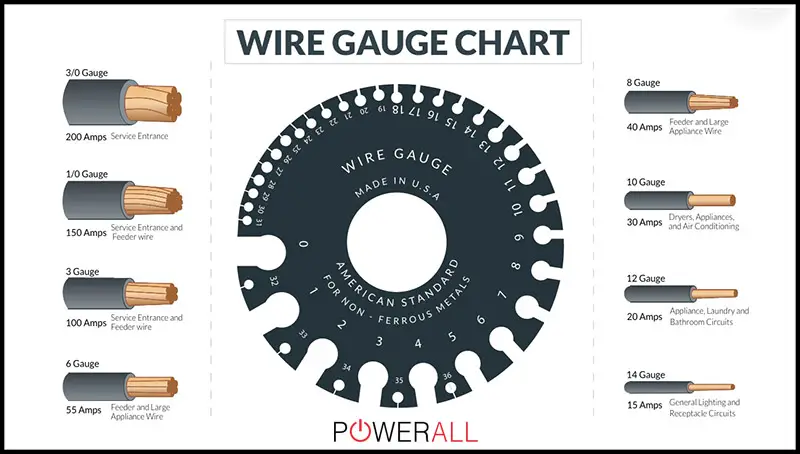
100 Feet Extension
| Extension length | Device Load | Maximum Wattage At 110V) |
| 16 AWG | Up to 10 Amps | 1,100 Watts |
| 14 AWG | 11 – 13 Amps | 1,430 Watts |
| 12 AWG | 14 – 15 Amps | 1,650 Watts |
| 10 AWG | 16 – 20 Amps | 2,200 Watts |
150 Feet Extension
| Extension length | Device Load | Maximum Wattage At 110V) |
| 14 AWG | Up to 7 Amps | 770 Watts |
| 12 AWG | 8 – 10 Amps | 1,110 Watts |
| 10 AWG (Heavy-duty) | 11 – 15 Amps | 1,650 Watts |
| 10 AWG (Extra heavy-duty) | 16 – 20 Amps | 2,200 Watts |
How To Read The Extension Cord Length Chart
It is not difficult to understand the size charts. For instance, you might notice a 25 or 50-foot extension of a 16-gauge cord that can handle 1,430 watts and up to 13 amps. However, the meaning behind these tables also points to interesting facts.
AWG Gauge
The term AWG (American Wire Gauge) represents the thickness rating of the electrical cords. Popular options today include 8, 10, 12, 14, and 16.
A general rule of thumb is that the larger the wire (or the lower the AWG number), the better its handling capability.
Knowing the right rating for your electrical equipment is important because you should know if the cable can meet the needs of the equipment or not. Thin wires can cause overload and fire.
Unfortunately, manufacturers often hide the gauge to amps for their extension cords from the public eye.
Below is a regular chart, but it’s not the whole story.
| Gauge | Ampe (At 75˚C ) |
| 6 AWG | 65 amps |
| 8 AWG | 55 amps |
| 10 AWG | 35 amps |
| 12 AWG | 25 amps |
| 14 AWG | 20 amps |
| 16 AWG | 17 amps |
| 18 AWG | 14 amps |
| 20 AWG | 11 amps |
Voltage Drop
Your choice will never be optimal if you ignore the extension cord length. One thing is certain: the longer the cable, the lower the processing power. Why?
The root of the problems comes from voltage drop. In simple terms, it means the loss of energy as it moves along a long wire. The cable is also a resistor, thus creating friction and lowering the output.
This physical principle is undeniable, as you can feel the heat generated along the line when the device works. For this reason, adding 100 feet of wire to a device that stays 50 feet away is a bad idea.
Things To Consider When Choosing Gauge Extension Cord
Temperature
Scientists have shown that the capacity goes in line with temperature, as shown in the table below. Besides, overheating hides permanent hazards as friction produces extra heat when running through a cable.
| Wire Gauge Size | Amperage Of Copper | Amperage Of Aluminum | ||||
| 60˚C | 75˚C | 90˚C | 60˚C | 75˚C | 90˚C | |
| 14 | 20 | 20 | 25 | – | – | – |
| 12 | 25 | 25 | 30 | 20 | 20 | 25 |
| 10 | 30 | 35 | 40 | 25 | 30 | 35 |
Hence, any decisions you make about wiring should develop based on a suitable temperature threshold to avoid melting or combustible.
Contractors often reduce the load when they install the cables behind the wall. Though their existing items can withstand more power, this action is a precaution for harsh environments or the lack of ventilation.
However, the task of the non-specialist is simpler as you need to consider it in reserve. Simply put, choose a line with a higher temperature rating for great handling of extra power without overheating.
For instance, with the same target of working with a 14-gauge wire, the amperage load delivers better at 90˚C than 60˚C.
Distance
Most people consider the coverage distance when it comes to the extension cord. This factor strongly influences your decision, as your ultimate goal should always be to bridge the gap between the device and the nearby outlet.
Some consumers look for the longest extension cords due to their versatility in multiple uses. Yet are you ready for the voltage drop, as mentioned above?
If you cannot reduce the length, you have two ways: decrease the amps or increase the thickness of the conductor. The first method helps cut down the heat generated while the other counteract resistance.
Load
Without a doubt, this factor should come first in your shopping. Even when you don’t know the extension cord, determining the load leads you to the right items.
If your device requires a large load, it means a high amp-hour rate. Therefore, you need a thick wiring system to meet the power demand.
Price
Unfortunately, low gauges that perform more strongly and safely often cost you a lot. That’s why you must consider the above factors carefully and filter out the options that fit within your budget.
Do not risk investing in cables of unknown origin. Also, say no short conductors and stupid intentions to hook them up. Substandard products fail to withstand the pressure, especially when they power mid-range and heavy-duty equipment.
Price matters, but you should set your point on quality first. Otherwise, you could end up with a fire and a damaged device.
How To Size An Extension Cord?
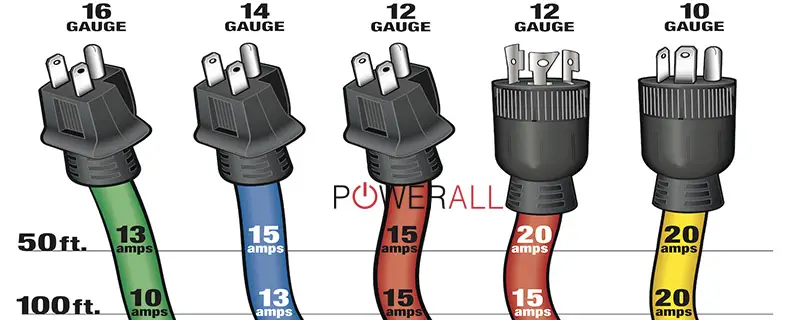
Identify The Device
Manufacturers may leave you confused with terms like “heavy duty” or “light duty” gauges. It was obvious that laypeople could not work with such vague categories.
Let’s start by identifying the devices that need power. Can you set up multiple tools on the same wire? The answer is yes if you calculate correctly and buy a large enough cable.
A full list of the additional appliances is required to determine the total amperage demands. You can find this data right on each device. Look at the small metal plate and around that area for the serial and model number.
Convert The Watts Into Amps
Once the results from the first step give you the amps of your device, skip this stage. However, if your readings only have watts, you’ll need to do a few watt-to-amps conversion calculations. The formula used is:
Voltage x Amp = Watts
Let’s say the standard residential voltage rating in the United States is 120 volts. Then six hundred watts are equivalent to 5 amps.
Additionally, you can refer to the table below for some popular power tools for quick access.
| Electronic Devices | Average Wattage Rating | Amperage Rating |
| Drill, detail sander, jig saw | 600W | 5 amps |
| Reciprocating saw, belt sander | 840W | 7 amps |
| Miter saw, Circular saw, router | 1,440W | 12 amps |
| Radial arm saw, table saw | 1,920W | 16 amps |
Compare The Total Amps To The Size Chart
Your final step is estimating the device’s length to the power supply. Then combine that with the required amperage rating and return to our first size chart. Finding the right extension size for your situation is as easy as a piece of cake.
FAQs
Which Is Better: A 12 Or 16 Gauge Extension Cord?
The 12 gauge cord carries more current than 16 cords. It also delivers a great distance with less voltage drop than smaller cables.
What Is A 14-Gauge Extension Cord Good For?
We recommend 14-gauge cords for medium and high-wattage applications, including power drills, television sets, lawnmowers, snow blowers, electric chainsaws, table saws, etc.
Is A Thicker Extension Cord Better?
Not necessarily. Thicker wires deliver great power over a long distance; thus, they are ideal for large, heavy-duty appliances.
Conclusion
Extension cord sizes are an important and useful reference before extending your electrical wiring. Remember that having more than one electrical device in the circuit adds to the power load.
That’s why you should carefully measure the influencing factors so that the chosen gauge can withstand the combined amperage rating. If your budget is insufficient to afford thick cables, install them with thin wires but do not run all appliances simultaneously.

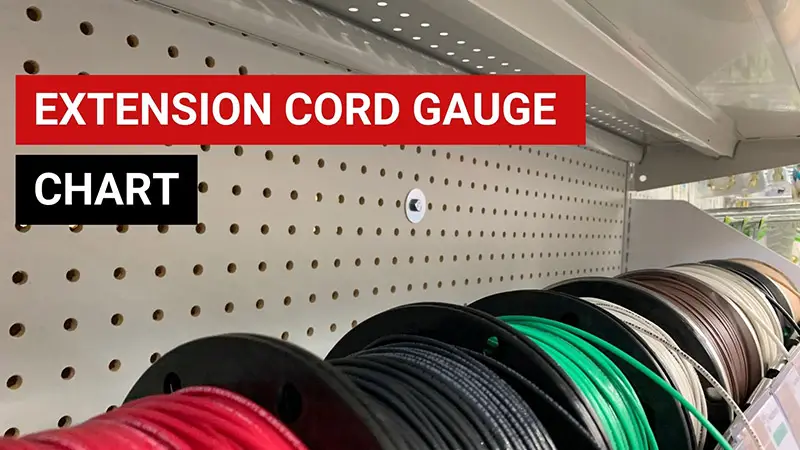

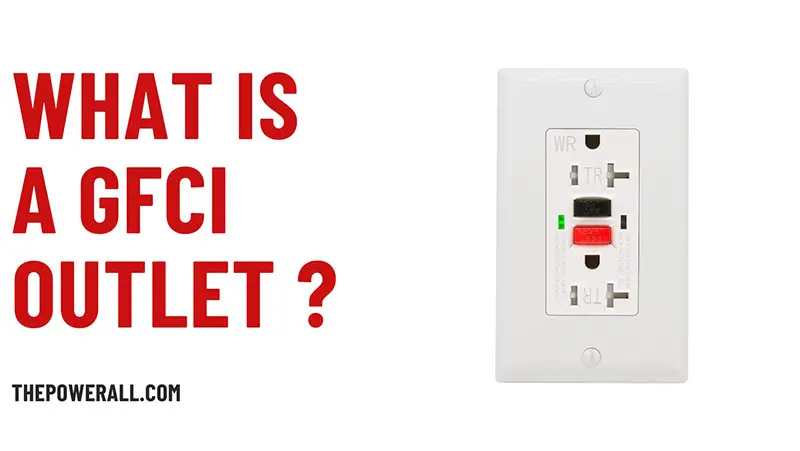

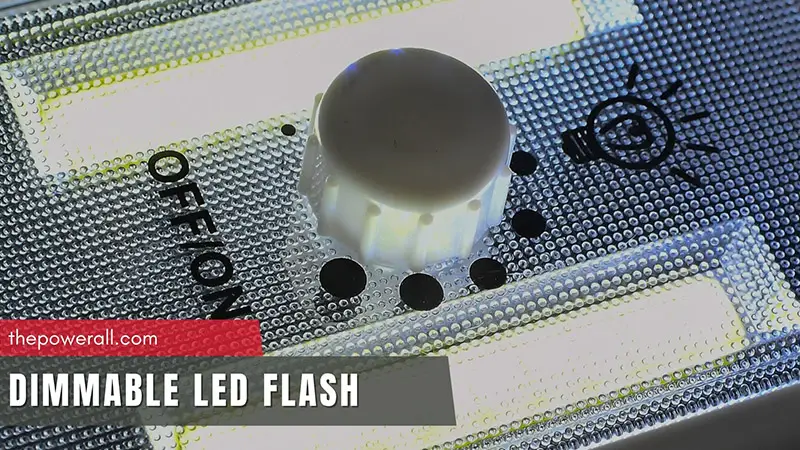

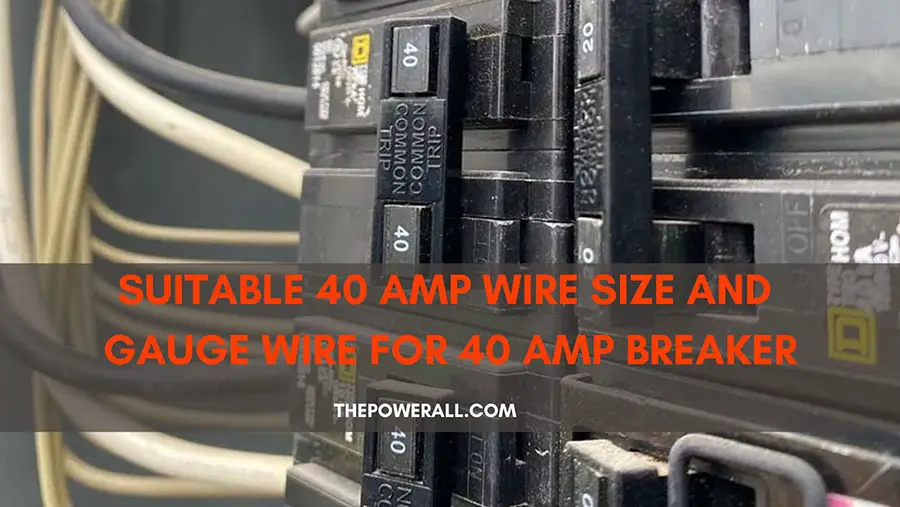
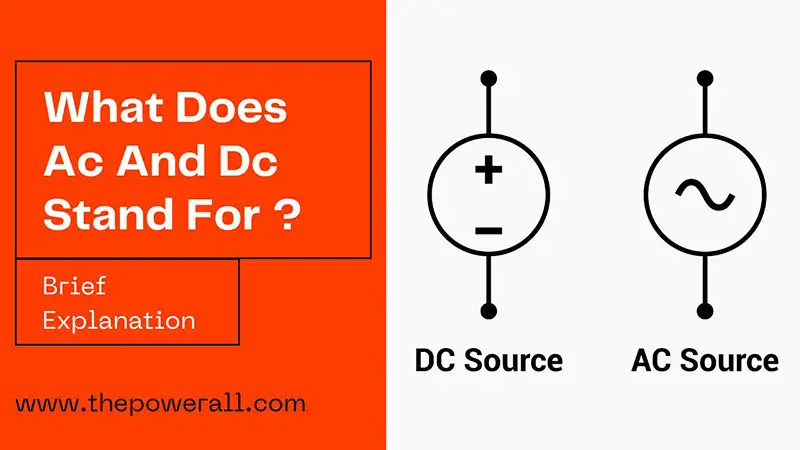
0 Comments